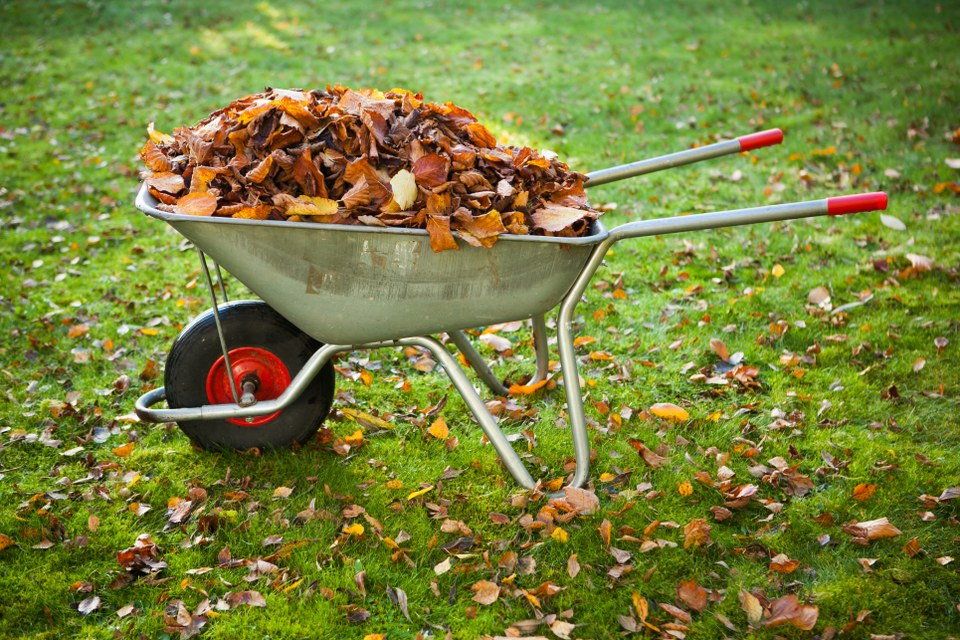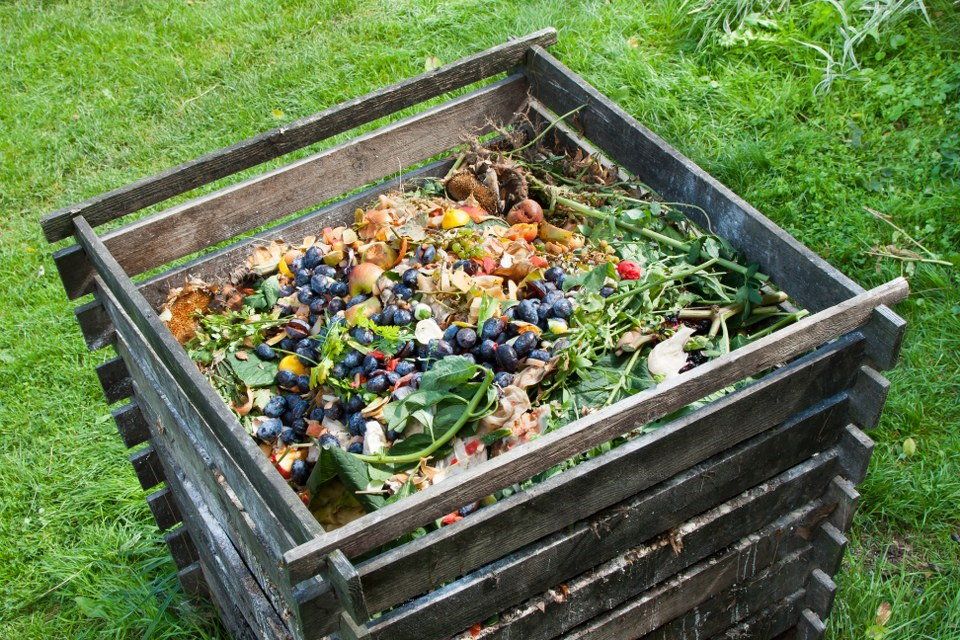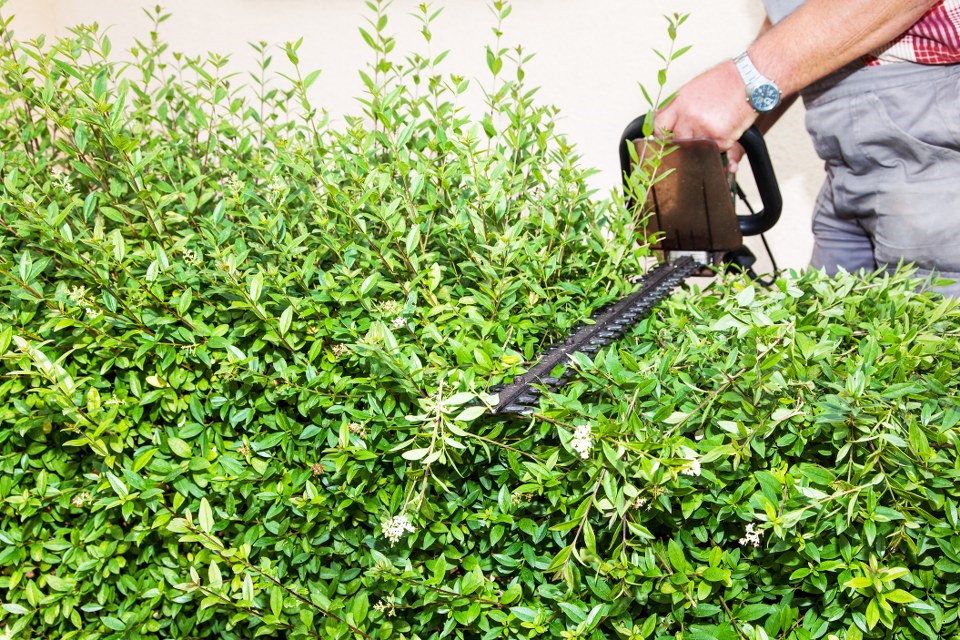A Garden Clearance Guide For Haringey Residents
Posted on 06/12/2014
Awesome Tips for Garden Clearance

For people in Haringey with a green thumb and a lovely garden to show for it, garden waste clearance must be an issue that crops up every now and then and demands to be addressed. Instead of trying to do it yourself, it is best to employ people with expertise on how to go about it efficiently and safely. However, there are many things that you need to keep in mind when hiring a clearance company. Our guide below will advise you on how to organize a good garden clearance and save money while doing it.
Home Composting
As far as possible, recycle yard and garden waste in compost heaps. Not only are they an environment-friendly option to produce peat-free compost but it will also save you a lot of money in disposal costs in the N4 area. Of course, you must be aware of what kind of junk can be used in composting. Items like soil, brick, rubble, fence panels etc. are not suitable for this process so you need to find an alternative to them. If you cannot arrange for a compost pit in your own our or private land, you can consider taking small amounts of garden wastes to the Household Waste and Recycling Centres (HWRCs) in your locality and disposing of them free of cost.

Take it to the disposal site
Disposing garden wastes around the house in Haringey can be a menace for you. It is better if you can organize a man and van hire to remove large quantities of garden waste to the nearest tip in your area. Most clearance companies will help you sort through the waste and create two piles for what can be recycled and what needs to be thrown away. Clearance services usually come at a price, so if you have a car or a van of your own, you can dispose the waste yourself at the nearby HWRC for free.

Collection of waste
Most councils have arrangements to collect waste from the house in the N8 district free of charge but they also have a limit on the amount of waste you can produce. Usually there is a limit of five bags of garden waste per week, and they must be disposed tied in refuse sacks or in dustbins along with other domestic rubbish for clearance. If you have generate more amount of waste than this, you will need to book a collection service and pay for the excess rubbish.

What can you include in your garden waste?
Garden wastes normally contains the waste products from gardening or maintaining your grounds, for example, grass cuttings, leaves and twigs, weeds, plants, flowers and hedge trimmings etc. However, you need to keep in mind that even though the waste you create is green and biodegradable, it is not scheduled for special disposal in compost. Most clearing services that collect garden waste mix it along with other general rubbish and deliver them to and energy generating incinerator. This is why you should transport as much of waste as possible to the HWRCs.

What should you not include in your garden waste?
Things that do not constitute garden waste are generally bulky for an ordinary dustbin, such as soil or rubble, or anything too big to fit into a dustbin or refuse bag. If you are employing gardeners for landscaping or sculpting your garden in Haringey, N4, then the waste they produce is their responsibility and they should make arrangements to dispose it. If you are removing bulky waste, you will have to request a collection from the Council services and you will probably be charged for it. Another important point to remember when creating green waste is that you should not dispose seeds/cuttings or plant bits of non-native invasive species in the tip or during waste collection. Not only are you breaking the law but also harming the environment as such plants are difficult to kill.



